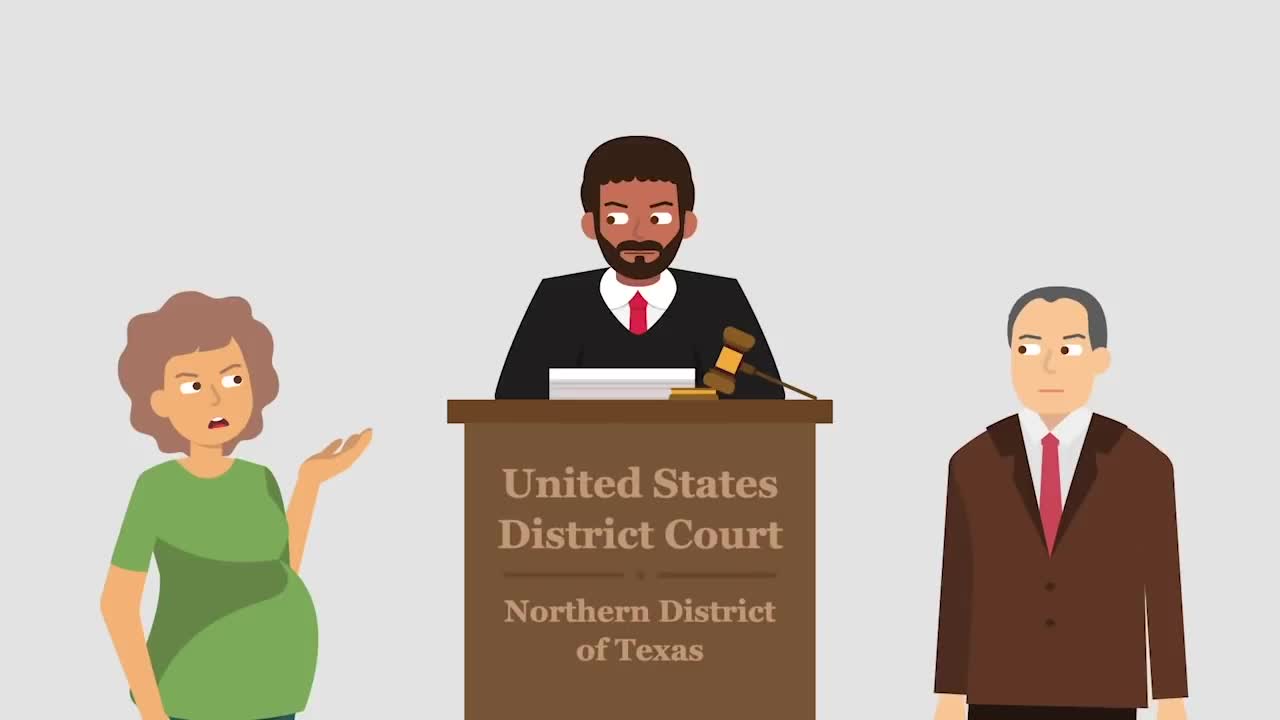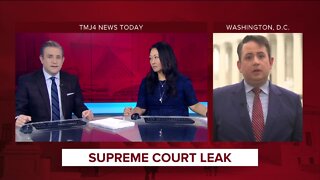Premium Only Content

Roe v. Wade Case Brief Summary | Law Case Explained
Roe v. Wade | 410 U.S. 113 (1973)
In 1973, the United States Supreme Court issued its decision in Roe versus Wade. The effect of the Court’s ruling was immediate and far-reaching, expanding the right to privacy under the Fourteenth Amendment and altering the legal landscape on the issue of abortion across the country.
Norma McCorvey, a single, pregnant woman in Texas, sought an abortion. At the time, Texas law prohibited abortions unless performed or obtained to save the life of the mother. To protect her privacy, McCorvey filed suit in federal court under the name Jane Roe. The defendant was Henry Wade, the district attorney in the Texas county where McCorvey sought the abortion.
Roe argued that the abortion ban was unconstitutional and asked the court to issue an order that would stop Texas from enforcing the law.
The district court found the Texas restriction on abortion unconstitutional on the grounds that the statute was too vague and overly broad and impinged on the rights reserved to the people under the Ninth Amendment. However, the court didn’t issue an injunction to bar Texas from enforcing its ban, so Roe’s options in Texas didn’t really change. Arguing that the district court’s lack of injunctive relief was insufficient, Roe appealed directly to the Supreme Court.
-
 3:29
3:29
WTMJMilwaukee
3 years agoExplained: Roe v. Wade draft opinion
1071 -
 LIVE
LIVE
SmashJT
2 hours agoCollective Shout Keeps “HARRASSING” Me | Smashcast
232 watching -
 LIVE
LIVE
StevieTLIVE
3 hours agoWarzone Wins ALL Night w/ GloryJean
94 watching -
 3:22:50
3:22:50
Laura Loomer
6 hours agoEP146: Loomer EXPOSES Big Tech's Complicity With Anti-ICE Violence
38.2K13 -
 31:39
31:39
Standpoint with Gabe Groisman
1 day ago“Most People Have NO IDEA What Isolationism could do to America” Rep Rich McCormick Joins Standpoint
15.6K2 -
 2:34:31
2:34:31
MissesMaam
5 hours ago75% DONE WITH PERFECTION!!! | Stardew Co-Op 💚✨
14.9K3 -
 LIVE
LIVE
Clenzd Gaming
4 hours ago $0.42 earnedThe Return
97 watching -
 1:20:44
1:20:44
DeafWarriorLegendary
2 hours ago🔥Deaf Streamer🔥
7.99K -
 2:04:52
2:04:52
TimcastIRL
5 hours agoBomb Threat At TPUSA, Bomb Squad Deployed For Controlled Detonation | Timcast IRL
200K199 -
 2:20:49
2:20:49
Barry Cunningham
5 hours agoBREAKING NEWS: DEMOCRATS SHUT DOWN THE GOVERNMENT! THEY HAVE UNLEASHED PRESIDENT TRUMP
48.8K22